How to Do Star Jumps (and Why You Should Do This Exercise)
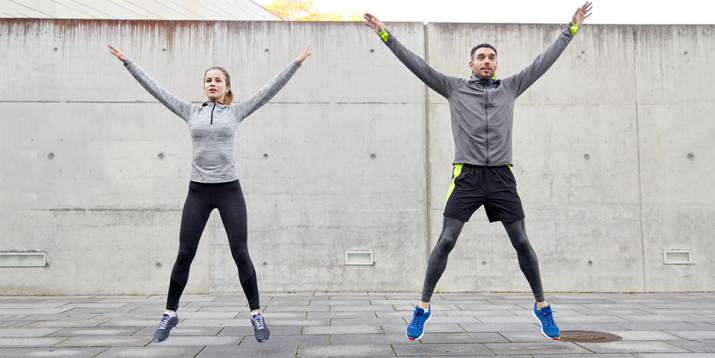
An exercise with the name of “star jumps” doesn’t sound particularly menacing, but don’t let that fool you.
This plyometric move is essentially a jacked-up, way more intense jumping jack.
Read on to learn how to do it, how to modify it to fit your fitness level, and reasons why it might soon become a rising star in your workout routine.
How to Do Star Jumps With Perfect Form
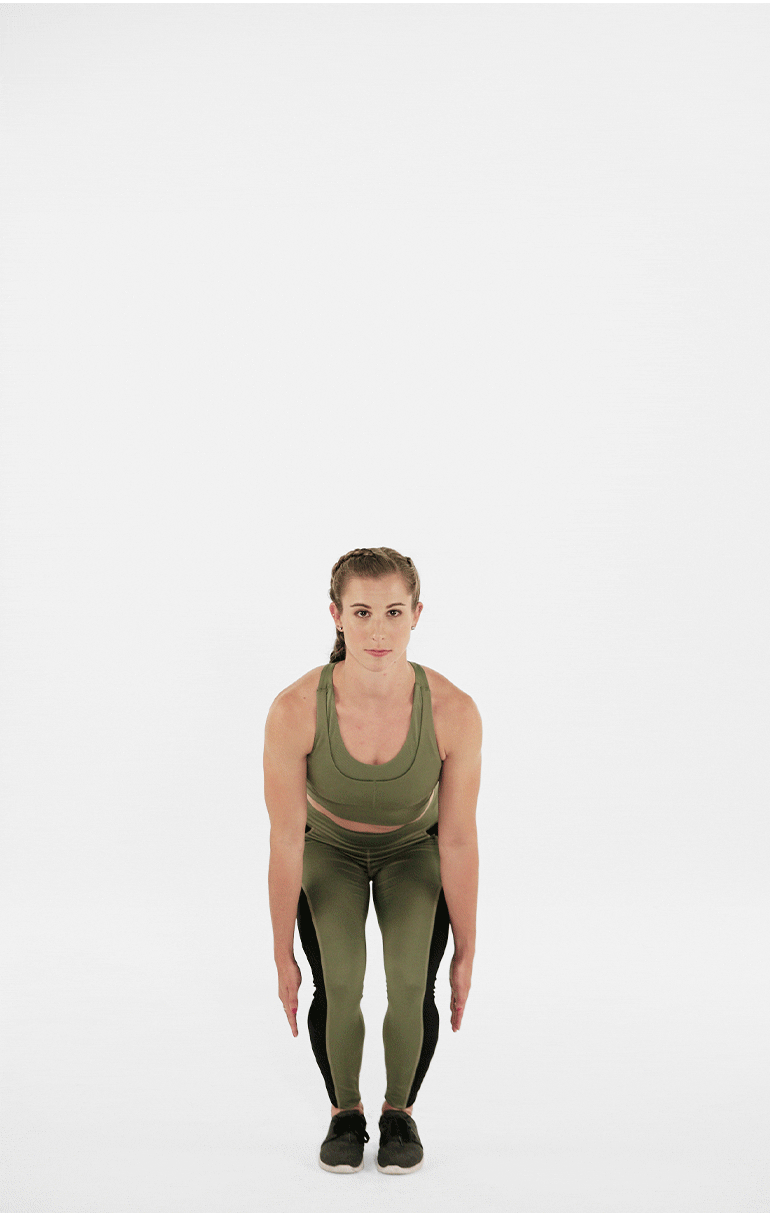
- Start in a quarter squat position with your back flat, feet together, and palms touching the sides of your lower legs.
- Jump up, raising your arms and legs out to your sides (your body should form an “X” in mid-air).
- Land softly with your feet together and immediately lower yourself back into the starting position.
How to Make the Star Jump Easier
If you’re legs are screaming after just a few reps of this move, you can modify it to start building the strength and stamina it requires.
Begin by eliminating the jump. Keep one foot on the ground and raise the other one out to your side as you swing your arms above your head (alternate legs with each rep).
Once that becomes easy, you can go back to jumping with both legs, working your way up from a small hop.
“Also keep in mind that, like all plyometric exercises, the star jump is a high impact move, so you shouldn’t do it if you have joint issues or are overweight,” says Trevor Thieme, C.S.C.S.
How to Make the Star Jump Harder
Want to turn the difficulty up a few notches and really get a cardio burn? We got you!
“One way to make the star jump more challenging is to add a 180-degree turn when you jump, so that you land facing the opposite direction,” Thieme says.
You can also bump up the intensity by holding a pair of very light dumbbells or by wearing a weight vest.
Just be mindful that adding weight to a plyometric move such as the star jump can increase the stress on your joints, so consult your doctor first.
Bonus Tip for Doing the Star Jump
As we mentioned before, the star jump is high impact.
And although sprinkling high impact moves into your training plan can prove beneficial in many ways, it can also be taxing on your joints.
The key to reducing your injury risk: “Land softly with your knees slightly bent, absorbing the impact with your legs as you immediately begin setting up for your next rep,” Thieme says.
Benefits of the Star Jump
The star jump is a plyometric move, meaning it requires you to propel your body off of the ground.
Plyometrics, also known as plyo or jump training, has long been used to improve performance in countless sports — but you don’t have to be a professional athlete to try it or benefit from it.
Research shows that regularly incorporating plyo exercises into your training can improve
- Muscle activation
- Enhance neuromuscular coordination
- Explosive power
Muscles Targeted by the Star Jump
You might feel it most in your legs, but the star jump is a full-body exercise, working multiple muscle groups from head to toe, says Thieme. Here are its primary targets.
Quadriceps
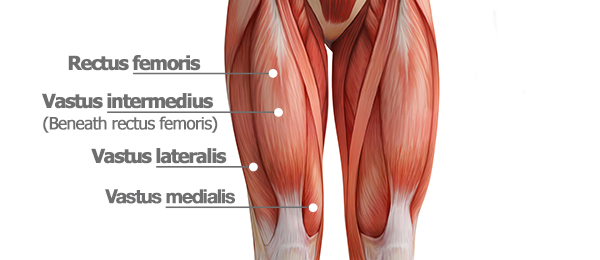
Your quadriceps is a large muscle group located on the front of each thigh.
It’s comprised of four heads: rectus femoris, vastus lateralis, vastus medialis, and vastus intermedius.
Together, they work to extend your knees, helping you walk, stand up from a sitting position, and do anything else that requires you to straighten your legs.
Gluteal muscles
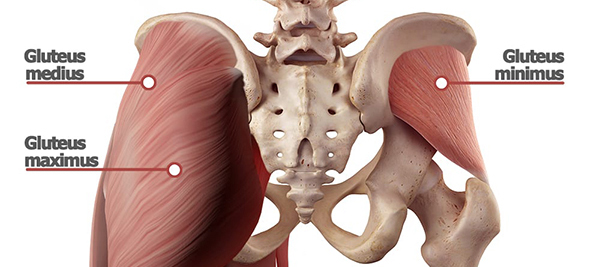
Your glutes are a group of three muscles (gluteus maximus, gluteus medius, and gluteus minimus) that comprise your buttocks.
Their primary function is to extend your hips, making them vitally important for walking, running, and jumping.
Hamstrings
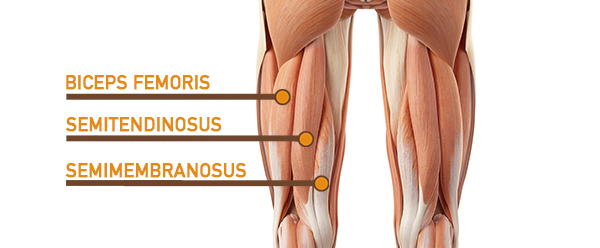
Your hamstrings are a group of three muscles (semitendinosus, semimembranosus, and biceps femoris) that run down the back of each of your legs.
Together, they help bend your knees and extend your hips. Because they act on two joints, they’re known as “biarticular” muscles.
Calves
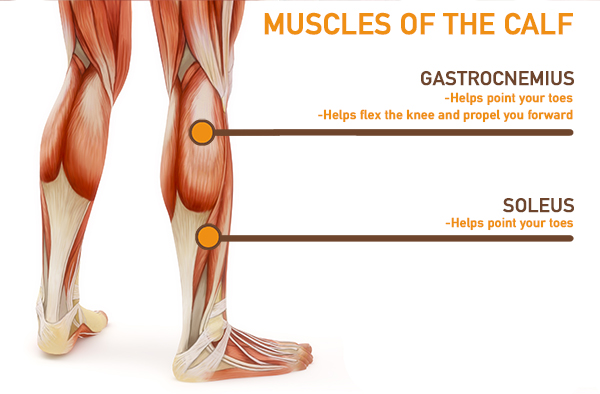
Your calves — located on the backs of your lower legs — are comprised of the gastrocnemius and soleus muscles.
They pull your heels up to allow forward or vertical movement (e.g., walking, running, jumping).
Deltoids
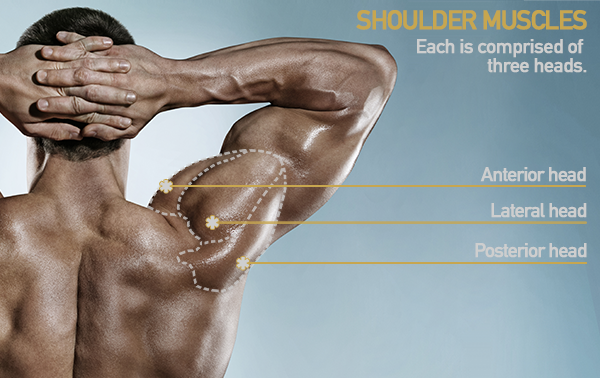
Your deltoids, or delts, are the rounded, triangular muscles covering the tops of your shoulders.
Each one is composed of three heads (anterior, lateral, and posterior) that help you raise your arms in all directions, including out to your sides and above your head during the star jump.
